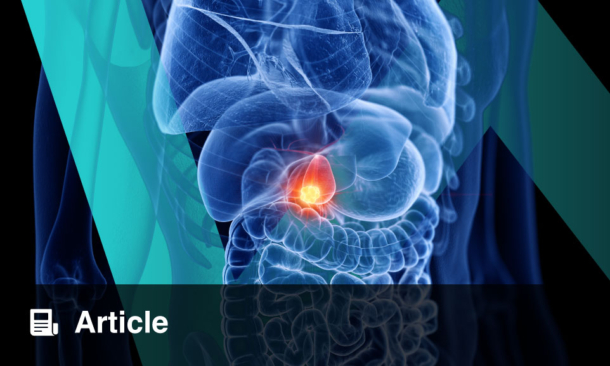A LARGE-SCALE cohort study using UK Biobank data has revealed that different types of abdominal fat are linked to gastro-oesophageal reflux disease (GORD) risk in a sex-specific way, with women showing a stronger association than men.
The analysis included over 35,000 participants who underwent MRI scans to measure visceral adipose tissue (VAT) and abdominal subcutaneous adipose tissue (ASAT). During a median follow-up of 4.4 years, 1,207 individuals developed GORD. Women in the highest tertile of both VAT and ASAT had more than double the risk of GORD compared with those in the lowest tertile. In men, VAT was associated with increased GORD risk, but ASAT was not.
Interestingly, although men in the lowest tertile had higher baseline rates of GORD than women, fat accumulation appeared to have a much greater effect on GORD risk in women. Subgroup analyses also suggested that age and comorbidities influenced the strength of these associations.
The researchers conclude that abdominal fat plays a significant role in GORD development, particularly in women, underscoring the need to consider sex differences in risk assessment and management strategies. They call for further validation in broader populations.
Reference
Liu X et al. Sex-specific association of visceral and abdominal subcutaneous adipose tissue with gastroesophageal reflux disease: a large-scale perspective cohort study. BMC Gastroenterol. 2025;DOI: 10.1186/s12876-025-04218-x.








